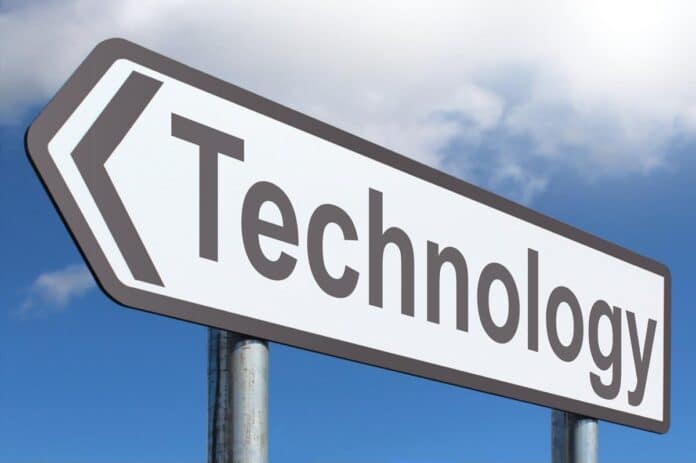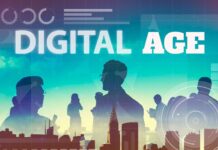The innovations and advancements in technology happen to change the normal course of life, and virtual reality is no exception. Virtual reality platforms enable people to be at places where they cannot actually be present physically. For example, you can wish to go to space, but it is obvious that not everyone can go to space in real life. However, there is one way you can make it so: with virtual reality technology.
There is no way you haven’t heard of virtual reality, as it has become very popular off-late. The technology in virtual reality has been leveraged for many uses. But let’s explore more about what virtual reality technology has to offer and how it is a new dimension of education.
What is virtual reality technology?
Virtual reality, as the name suggests, is a non-real, computer-generated environment that looks real. The people are immersed in a fallacious surrounding that looks very similar to reality. The environment is perceived through a device called a virtual reality headset or helmet. Virtual reality technology does not only cope with the visual sense to perceive a surrounding to be real but all other senses such as hearing, touch, and even smell. The more the number of senses stimulated, the more a situation looks close to reality. Taking the example of going to space through online reality, then the person is immersed into a 3D experience of space, with the sounds and visuals of heavenly bodies revolving and moving around, etc.
Virtual reality in education:
Virtual reality can be a groundbreaker in the field of education. VR can be used in educational institutions for teaching purposes. The classes can be transformed into smart classes and help students learn more effectively.
Research reveals that visuals have lasting impressions on minds, which means that they are more useful for retention. The attention span of humans is barely twenty minutes, and students easily get diverted when they have n instructor speaking out on a topic for an hour or so. And if the topic is complicated, understanding and retention become out of the question. In that perspective, VR can truly be excellent in helping students learn complicated concepts easily and absorb a lot of information without any extra exertion on the brain.
Moreover, virtual reality can engage the students and help them keep on track while understanding a phenomenon or concept. VR can provide students with fun-filled learning where they can immerse themselves into the settings they are learning. It can be very useful to learn science concepts, which are usually very complicated and difficult to understand. Here are a few reasons why virtual reality can be very useful for learning:
1. Learning through experience:
Learning is far ahead of understanding. When you learn, you are able to remember, question, and urge to explore. Students learn the most when they experience rather than cramming things written in the textbooks. Virtual reality offers the opportunity to experience things otherwise written in books.
2. Source of inspiration:
Virtual reality can be a source of inspiration by helping students experience different locations and places they admire. For example, there are a number of topics about technology that excite students and motivate them to pursue their careers. By getting a wonderful experience in the fields they are interested in, they become inspired and enthused.
Ask an expert essay writer about how he pruned his skills, and he will attribute it to motivation. So, it is essential to give air to the motivations of aspirants.
3. Boost creative thinking:
The more the students understand, the more they are able to question and learn more. As a result, it boosts the ability to creative thinking.
4. Promotes engagement:
The students remain captivated with the things they learn through Virtual reality. The more they engage, the more they are able to understand concepts.
5. Promotes inclusiveness:
Since all students are offered the same way and level of teaching through virtual reality, they avail themselves of the same opportunity and experience. Students in the conventional mode of education become affected with intentional or unintentional bias.
6. Rewarding:
The best thing about virtual learning is that it tests students on the basis of how they interact and critically think around a certain premise. In the year-old convention, students’ academic results were the basis of their abilities. The written tests are nothing but a flawed system that does not justify the intelligence of a student. But thankfully, in the modern learning model, through virtual reality learning, students are monitored carefully about their cognitive and critical thinking abilities.
Virtual reality vs. augmented reality:
Many people use virtual reality and augmented reality interchangeably, but they are by no way two names of one thing. Virtual reality and augmented reality are two very different things that have one thing in common that is creating artificial reality.
Virtual reality builds an environment in which we immerse ourselves through the device, virtual reality headset. It is completely immersive, and everything we see and feel is artificially constructed through the computer.
Augmented reality, on the contrary, things we see are in the real environment. The objects, interfaces, and images are placed within the framework of the real world. It means that augmented reality is an amalgamation of real and computer-generated elements
There is another technology called mixed reality, a mixture of virtual reality and augmented reality. Therefore, education systems can offer to learn through mixed reality for enhanced, advanced learning.
Bottom line:
Technological advancements are making significant modifications to the education system, which is inevitably the best thing as the future of the young generation depends on what they learn, how they learn, and what they are capable of progressing the patterns of life they have lived in.
Virtual reality is one of the technological advancements that can help students better understand through a rich experience, engagement, and inspiration.





